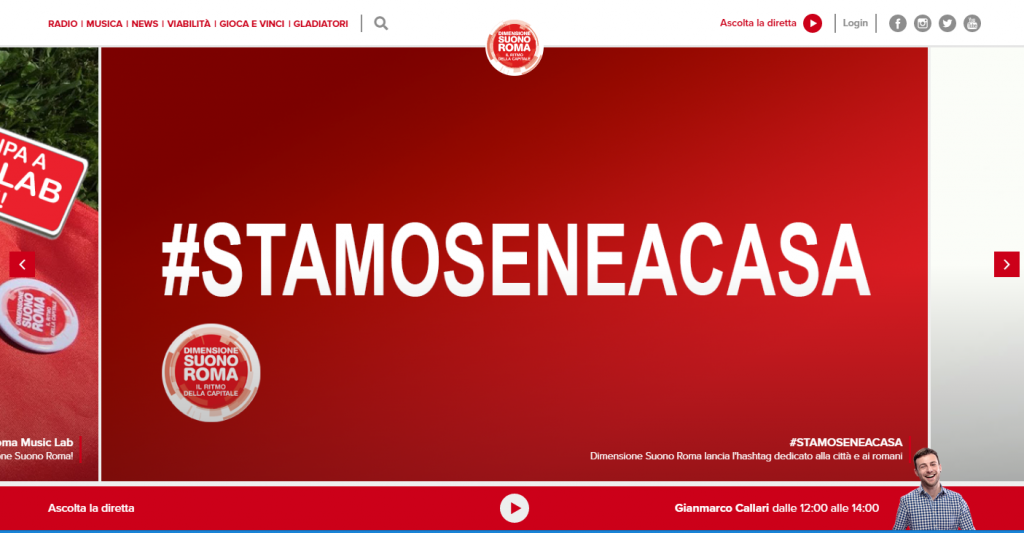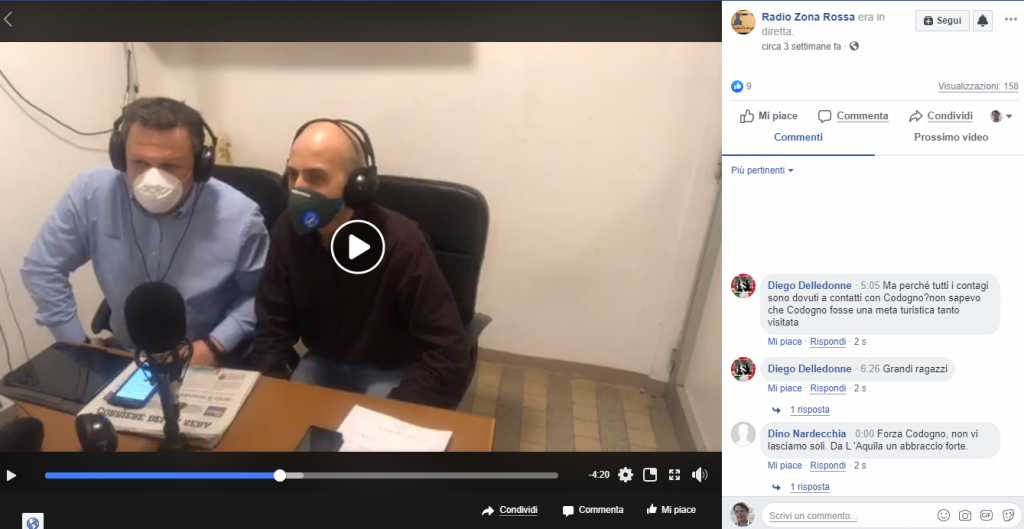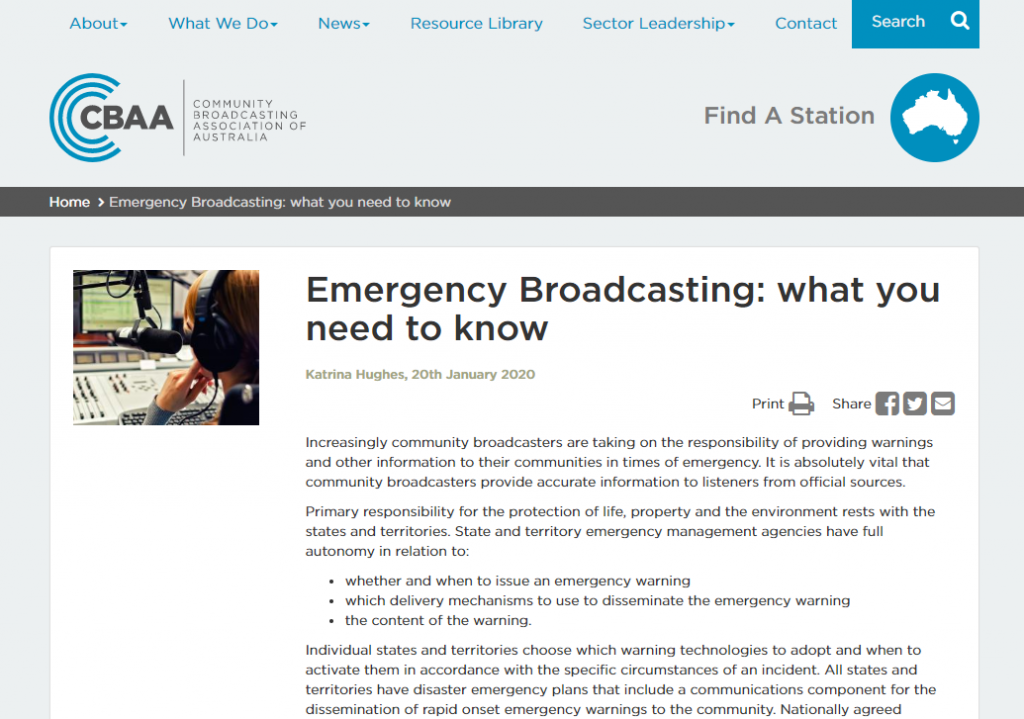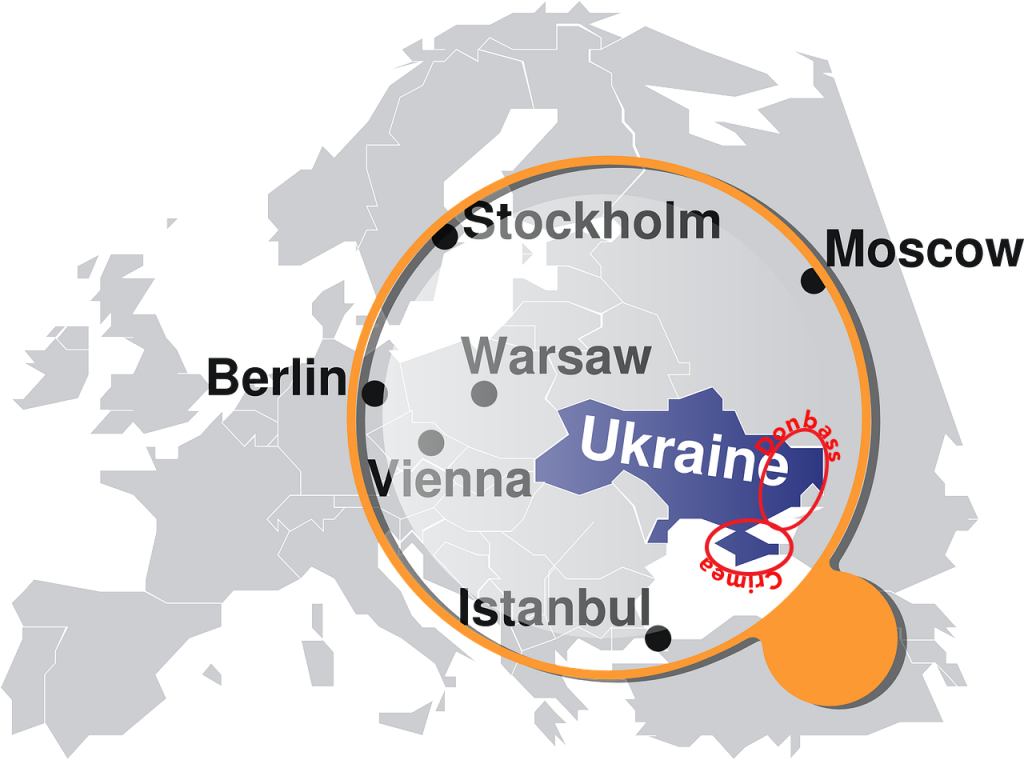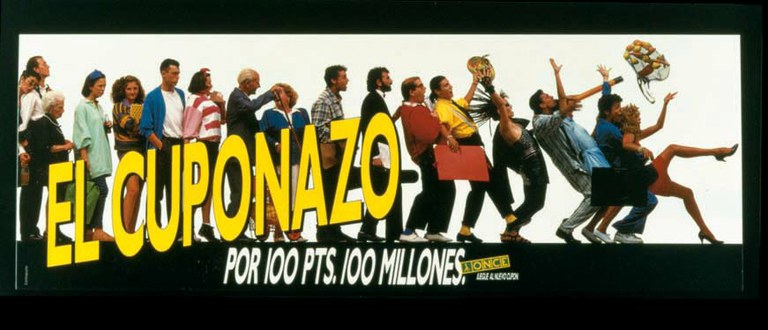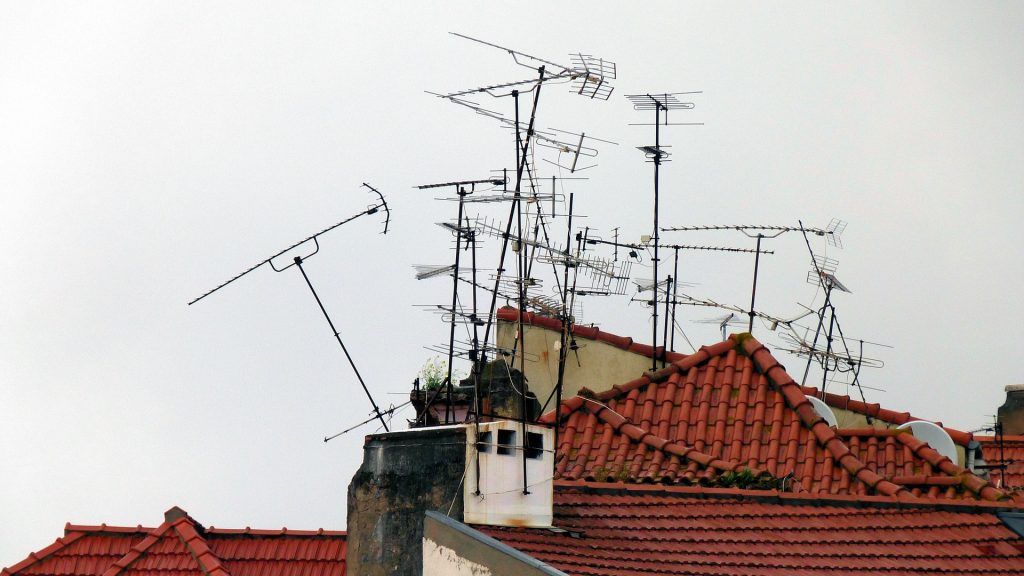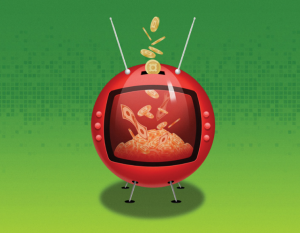
Source
Some international broadcasters have been downsizing. Radio schedules have been cancelled on Radio Exterior de Espana, an international service on short wave, that since March 16th, 2020, has been repeating bulletins on coronavirus transmitted by Radio Nacional de Espana (a national broadcaster on medium wave and FM).

Source
There is an identical situation in Argentina with RAE (Radiodifusion Argentina al Exterior), which is broadcasting programmes transmitted by Radio Nacional.

Source
Drastic cuts in India. Since March 22nd, 2020, the Prime Minister Narendra Modi has reduced the national radio broadcasters down to Vividh Bharati (a propaganda radio station set up in 1957 to combat Radio Ceylon) transmitting from Mumbai, to All India Radio in New Delhi with news coverage, and to regional stations that cover local news. All entertainment, music and sport has been cancelled. Digital transmissions on medium wave have been converted back to analogue to enable reception on common commercial radio receivers.
Ireland: Commercial stations are in crisis

Source
From Galway, our correspondent John Walsh, from Flirt FM: The radio sector in Ireland is also struggling to deal with the COVID-19 crisis both in terms of staying on air and because of the financial implications of collapsed advertising revenue. In a special edition of the programme Wireless on Flirt FM, a community station in Galway, representatives of community and commercial stations explained the challenges in ensuring continuity of service and speculated about the future of the radio sector. Independent Broadcasters of Ireland which represent commercial stations have warned of the collapse of the radio industry.
Note: Ireland is in lockdown from March 24th to April 19th, 2020. You can listen to the transmission of March 23rd, 2020 by clicking here.
Italy: Radio stations and TV broadcasters seeking finance

Used by permission
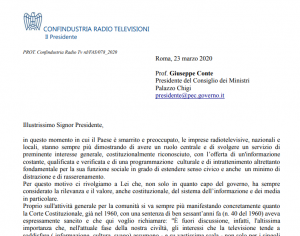
Source
We have already spoken about the problem caused by falling advertising revenue in a previous article, but with the passing of time the problem is worsening. Franco Siddi, the President of Confindustria Radio Television (the association that represents all the major categories of the radio and television broadcasting industry) has written an open letter to the Prime Minister Giuseppe Conte.
The Association Aeranti-Corallo, that represents 439 local radio and television stations, has requested 130 million euro: 80 million to double the annual government funding (from 80 to 90 million euro in 2019, to be distributed on the basis of a list of 903 broadcasters: 137 commercial radio stations 274 local community TV stations, 172 commercial radio stations, and 320 local community radio stations) and another 50 million as a 50% tax credit in order to cover the costs of studio rent, transmitters and electricity (for the months from March to June 2020). We must keep in mind that an expected funding of 40 million euro was cancelled at the last moment by the decree Cura Italia on March 16th, 2020.

